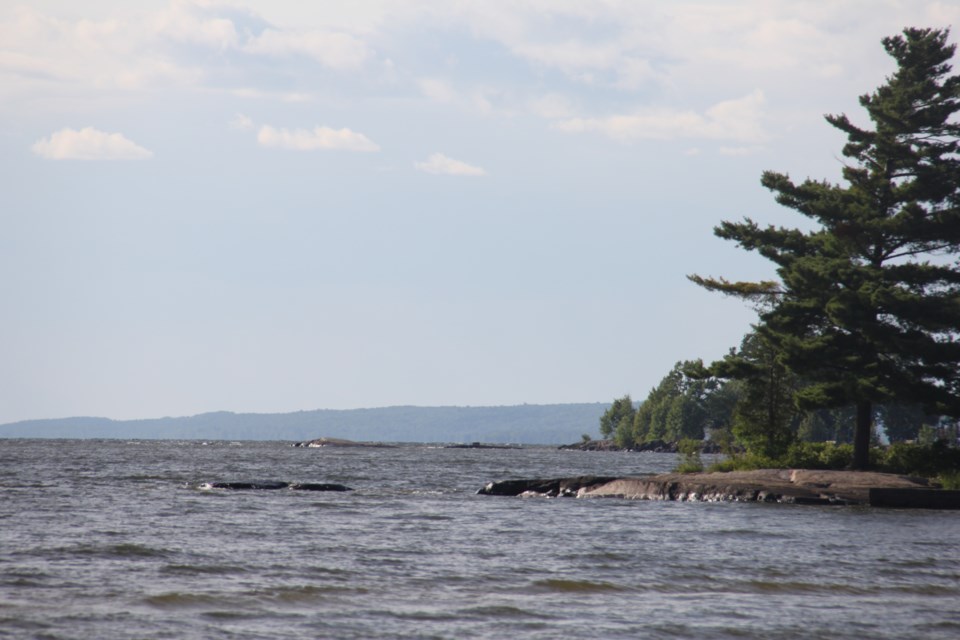A lack of rain and below average stream flows has prompted the North Bay-Mattawa Conservation Authority to issue a Level 1 Low Water Advisory for all areas in its jurisdiction.
The Level 1 Low Water Condition is part of a three-tiered advisory system used in Ontario. It's the least severe of the three levels.
Low Water conditions are evaluated by looking at several indicators including precipitation over the last few months and stream flows over the previous month.
“The unseasonably dry spring has been the major factor in creating low water conditions in area lakes and streams throughout our watershed,” said Kurtis Romanchuk, NBMCA Water Resources Engineer.
“Despite the recent rainfall, water levels at the three gauges on the La Vase River, Chippewa Creek, and Wasi River continue to drop. Precipitation is far below average, and flows in gauged streams are also below normal levels,” he added.
Cumulative rainfall measured at the North Bay Airport Gauge for March, April and May was 48.6 percent of the historical average for this time of year.
Stream level averages at the stream gauge stations are also below the historical average for this time of year.
Chippewa Creek is at 34 per cent, the La Vase River is at 9 per cent, and the Wasi River is at 32 per cent of the historical average level for the last 31 days.
“NBMCA will continue to monitor water levels and weather patterns as summer approaches. We definitely need the rain; hopefully, we get the rainfall that’s currently in the forecast for the next week. At this time, we strongly encourage individuals to manage their water intake and reduce their overall water usage by around 10%, by cutting back on non-essential uses around the home or cottage, at work or on the farm,” said Romanchuk.
Non-essential uses include activities such as lawn/garden watering, pool filling, and car washing. Businesses and commercial operations are also encouraged to cut back on non-essential water use wherever possible. This will assist in minimizing the impacts of low water on the aquatic ecosystem.
Low water levels in some areas mean that submerged hazards may be closer to the surface than in the past. Boaters should be careful in areas with low water.



